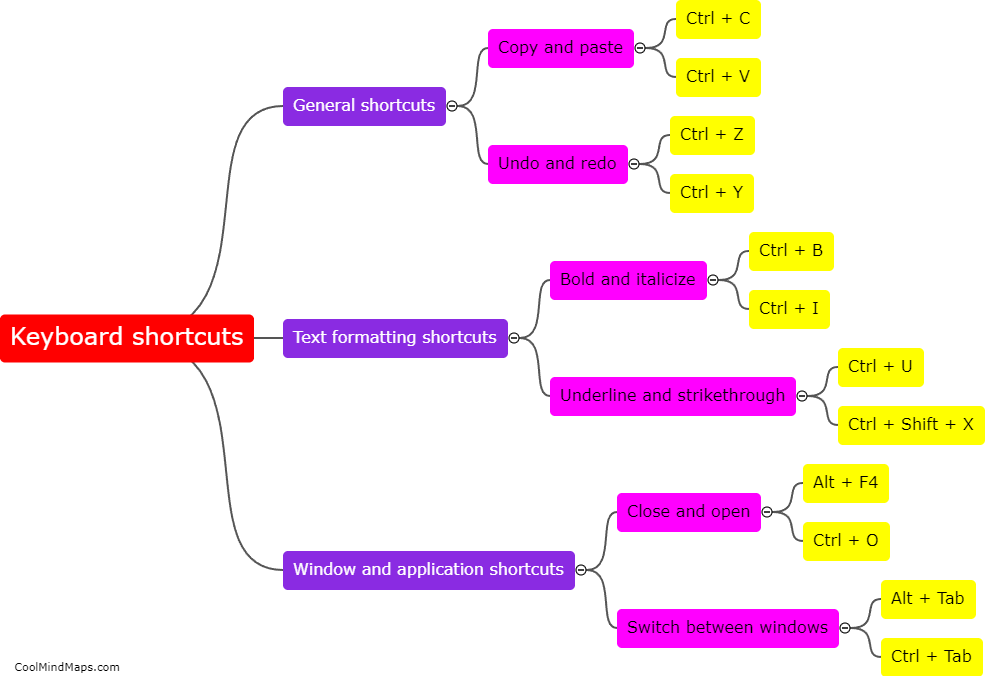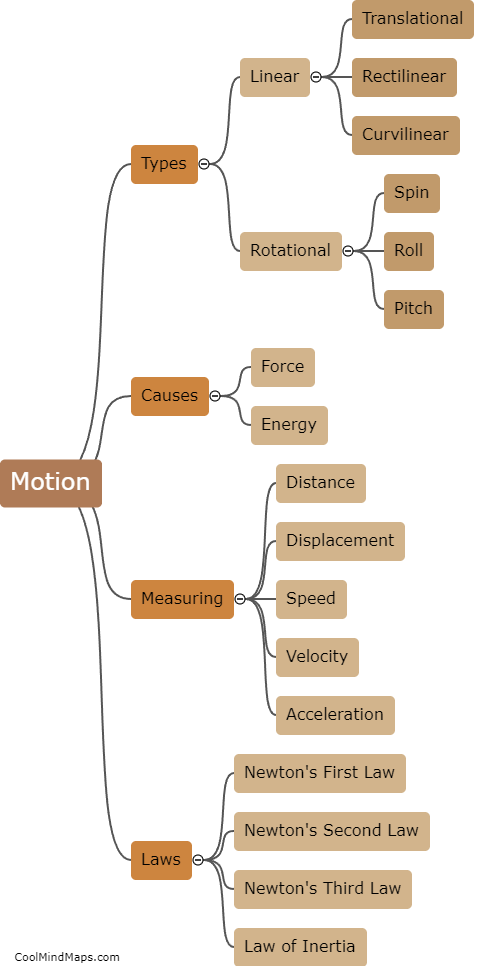How does resistance relate to Ohm's law?
Resistance is a fundamental concept in the field of electrical circuits, and it plays a crucial role in Ohm's law. Ohm's law states that the current passing through a conductor between two points is directly proportional to the voltage across the two points, given that the temperature and other physical conditions remain constant. The relationship between resistance and Ohm's law is evident in its formula, which states that resistance (R) is equal to the voltage (V) across a conductor divided by the current (I) passing through it. This formula demonstrates that resistance is a measure of how difficult it is for current to flow in a circuit. Thus, the higher the resistance, the lower the current for a given voltage. Ohm's law provides a foundation for understanding the behavior of electrical circuits and is widely used in various applications, including electronics and power systems.

This mind map was published on 31 August 2023 and has been viewed 117 times.











